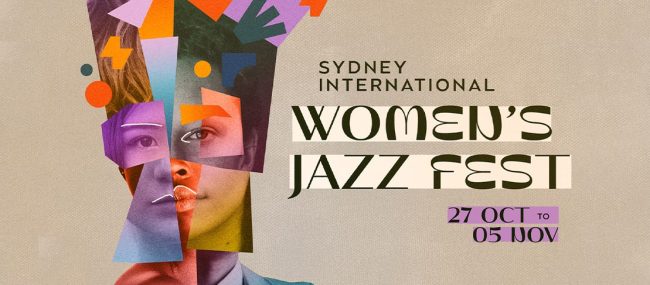Review: “Fusion of Horizons” Exhibition
Fusion of Horizons: Australian Architects in Asia (1950s – 80s)
Adrian Snodgrass | Peter Muller | Kerry Hill | Alan Gilbert | Made Wijaya
Curated by: Dr Amit Srivastava and Dr Cole Roskam
Tin Sheds Gallery until 7 September
There is still time to catch this free architectural history exhibition, at the Tin Sheds Gallery at the University of Sydney.
This examination of the growing relationship between Australian architects and Asia in the 1950s to 1980s centres on five architects who spent years in countries spanning across Macau, Hong Kong, China, Japan, India, Bali and Indonesia, both learning about Asian ways of building and designing to build there.
The pleasing thing about the governing shape of this exhibition is the way it suggests a dialogue between the Australian architects and the spectrum of cultures represented. There is no line drawn in the narrative between the descriptions of how they went about studying the architectural systems of the places they went and the design projects they carried out while there. Both these aspects of their work are treated within the same paragraphs in the commentary, and it dispels any sense of hierarchy in the exchange.
The second half of the Twentieth Century saw Australia begin to consider its place in relation to Asia, and to realise for the first time that there are many ways in which it makes more sense to conceive of Australia as part of Asia than as some accidentally far-flung dollop of Europe. Architects were positioned to be particularly attuned to this shift, being concerned as they are with climate, landscape and the best way to live within the conditions of place.
The exhibition looks slight on first entering, having only one room and little furniture, but this belies the density of the material to examine. By combining personal notes, published works, photographs, plans and a few stunning watercolour perspectives, the curators flesh out a sense of how lengthy and immersive was the travel, and how committed the design responses being represented. One excellent initiative for the obsessive is the crisply printed set of academic articles laid out for the more than casual reader to enjoy. Examples of both built and unbuilt concepts are represented.
The large overview cards are sequentially numbered and divided by decade, so the progression is straightforward, but arrangement of material around the room following the cards also treats the architects sequentially, profiling one at a time. We find out about Adrian Snodgrass first, and it is an article of his from which the exhibition takes its name. A copy of Asian Studies and the Fusion of Horizons is included in the first display case, near copies of his many other monographs. It becomes clear that Snodgrass was doing much more than observing or building, but was one of those who, amid the social upheavals of the 1970s, sought to immerse themselves in Asian spiritualism. These designers all knew each other, so as each is mentioned in turn, finishing with the youngest, Made Wijaya, overlaps are naturally revealed. What becomes apparent is that, with so many countries included in the list of influential destinations, it is Bali and Indonesia that had real impact on the resulting designs.
A facet that could have been handled better was the framing of the contribution of the architects’ wives to the work. Collaborative partnerships would have been credited to the husband without a second thought during the historic periods shown, but if the professional role of the women is as obvious as it is here, there is no reason for today’s labels to follow a flawed precedent. The information cards tell of Adrian and Judith Snodgrass’ commission to undertake ethnographic research into Indonesian culture for the film Eternal Cycle. An accompanying photograph shows Judith using a traditional loom, so she is clearly taking an active role, but she is not presented as a collaborator in the material displayed in the exhibition. It is mentioned briefly that Peter Muller’s wife Carole was an anthropologist, but with no indication given that her specialist area, according to an obituary, was “settlement patterns of traditional Balinese architecture as a non-verbal form of communication”, which surely should have meant there was a place for her work, too, in this exhibition. It is mentioned that Sarah Lo, married to Alan Gilbert, was an interior designer. A prominent image shows a group crowded around a drafting board with Lo holding a ruler, obviously participating in the work process, but the caption lists all the men as co-conceiving the project, then adds “seen here with Alan Gilbert’s wife Sarah Lo.” I have no trouble believing that these women were not credited for their contribution to the work in the source material that the curators were using, but it is the job of history’s present-day interpreters to see what is there between the published credits, and do better.
The shaping narrative of the exhibition is the tension between what was becoming a ubiquitous modernism and historically and culturally informed local vernaculars. These architects came from cities that were delighting in what could be done with new concrete technology, and chose instead to immerse themselves in people-friendly designs that responded to natural airflow, shade, integration with the landscape and a human scale.
This exhibition is something of a celebration of reciprocity. Not a history of Western architects being brought in to show their superior building techniques, nor of them scavenging other cultures’ knowledge, but a mutual search for people-centred solutions and a love of place.
Exhibition details here: Fusion of Horizons


